Technology and digitization of tourism
Digitization allows companies in the tourism sector to offer a more personalized service to their customers that also includes new and improved experiences, taking advantage of technologies such as Virtual Reality and Augmented Reality. This translates into greater customer satisfaction and loyalty.
Also, digitization facilitates interaction between tourism companies and their customers, allowing them to establish a continuous dialogue to learn their opinions and suggestions. In this way, companies can improve their services and offer an increasingly better travel experience.
In short, digitization and the use of new technologies have become a key pillar, essential for companies in the tourism sector, allowing them to improve their relationship with their customers, offering them a more personalized, more experiential and, in general, higher value and quality service.
Some of the technologies that are being used the most in the tourism sector to achieve this, and that will be used even more in the future, are the following:
Virtual Reality:
When thinking about the notion of digital tourism, the first idea that may come to mind is that of traveling virtually thanks to Virtual Reality. That is, traveling without travel and without physical restrictions. Forget any kind of limitation, and "teleport" to a virtual recreation of any real or fictional place.
The options are almost unlimited in the case of virtual travel and visits using Virtual Reality, and the most common possibilities that this technology offers in the field of digital tourism are the following:
Digital tourism using Virtual Reality can be not only a form of accessible and instant leisure, but also a very significant saving of means and time.
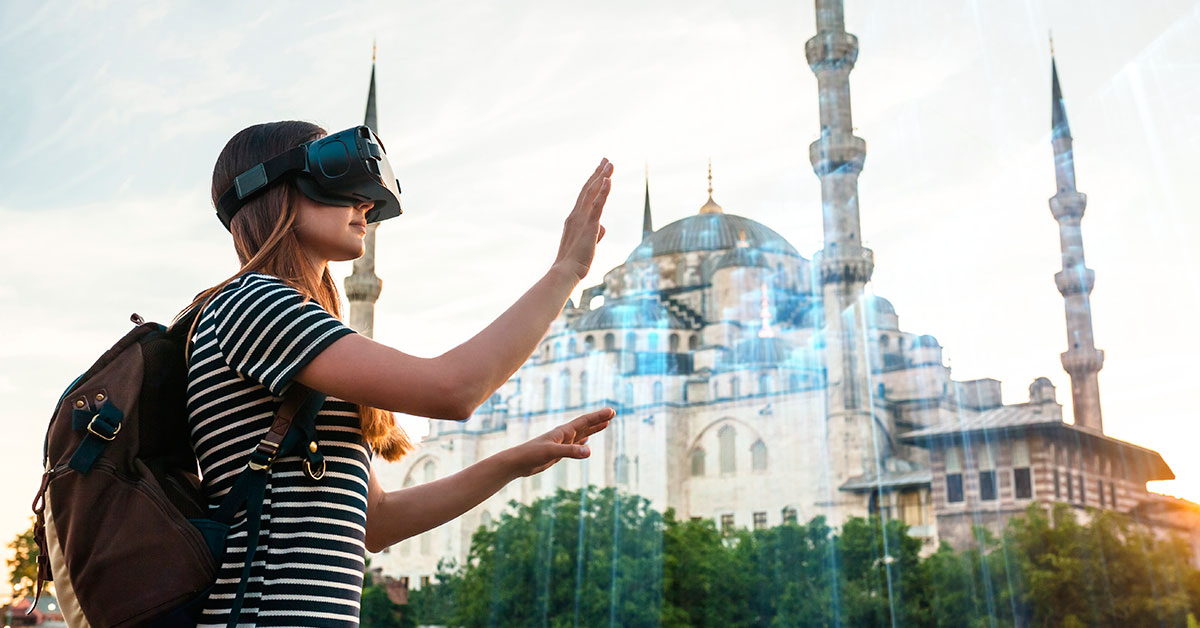
Augmented Reality:
Another way to approach digital tourism is through the use of Augmented Reality technology. Using this technology companies and tour operators can accompany tourists during their trip or visit, providing added value, without replacing the experience itself.
Currently, this could be done through an app for Smartphones or Tablets that would provide real-time information on any monument or place visited, by detecting the user's location using the geolocation of their Smartphone. With this app, the user could be given the possibility to get explanations about the monuments visited, learn anecdotes about a historical figure, or receive advice on which way to go for the visit, for example.
Also, technology advances very fast and in the near future we will be able to leave aside the smartphone and perform these actions using Augmented Reality or Mixed Reality glasses. And in fact there are already some tourist experiences that begin to include these advances, such as the visit to the cathedral of Ghent, an example that you can see at the end of the blog, which includes the use of a Microsoft Hololens 2 to provide virtual details to users during the guided tour.

5G technology:
- Visit places and cities that exist today.
- Visiting places and cities from the past in different eras of history.
- Visiting science fiction places and cities, which do not exist in the real world.
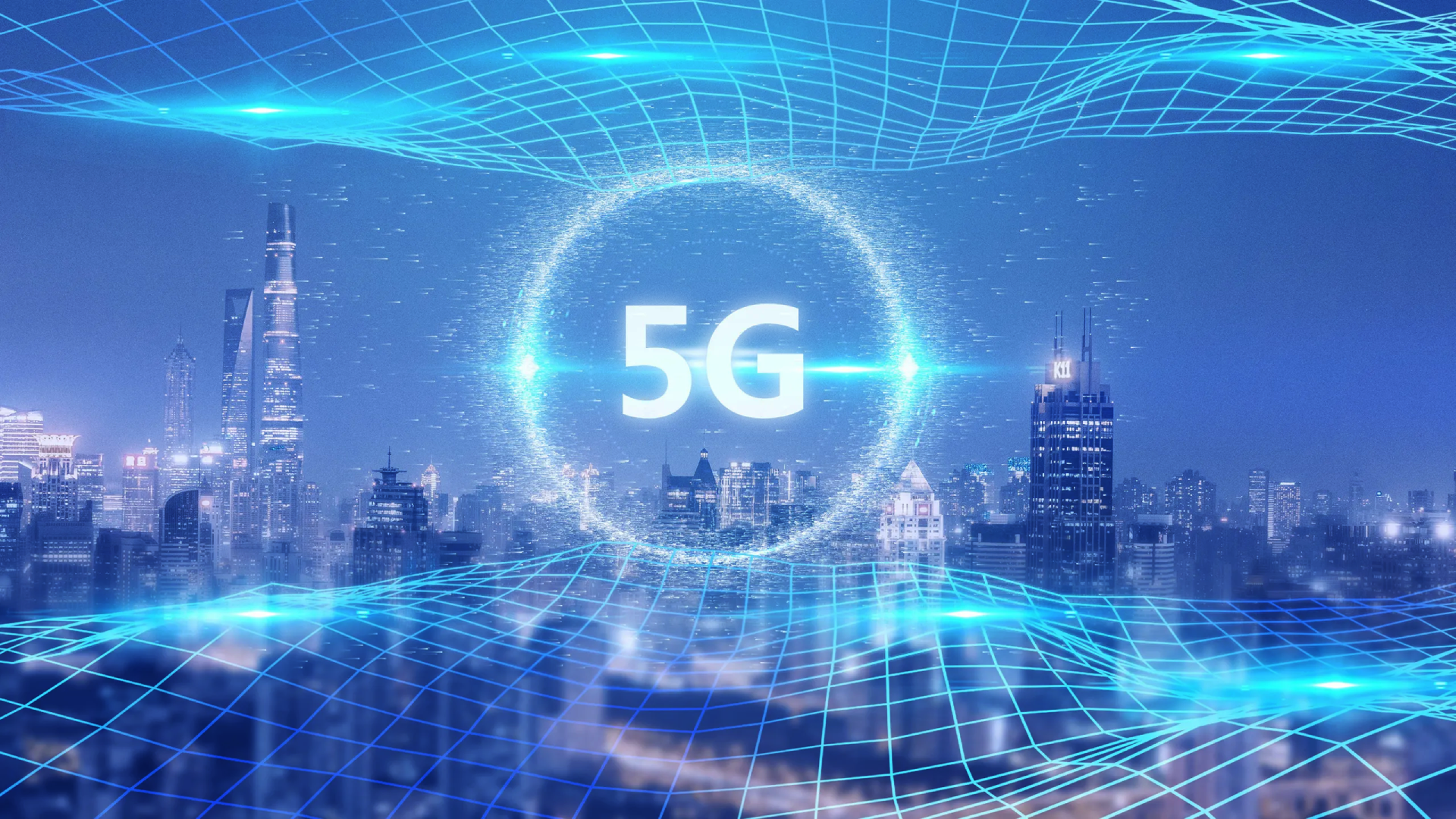
Artificial Intelligence (AI):
In recent months, the emergence of new Artificial Intelligences is constant and their utilities are becoming larger and more precise.
The use of Artificial Intelligence to help us solve everyday problems is becoming more common every day and in the future, most likely, it will be integrated into most digital and virtual services of companies.
Whether through voice assistants, or even virtual assistants, for example, AI will make it possible to process information more efficiently and with greater adaptability, combining with a Big Data system that collects and interprets millions of user data and allows AI to propose similar services or even anticipate certain user needs.
In the tourism sector, Artificial Intelligence could be applied specifically to the customer experience, allowing to boost automation and giving the possibility to companies to assist each customer in a much more personalized way. It would even be possible to send leisure or gastronomic proposals that adapt to the tastes and profile of the customer, optimizing the tourist experience of each user.

Smart Cities:
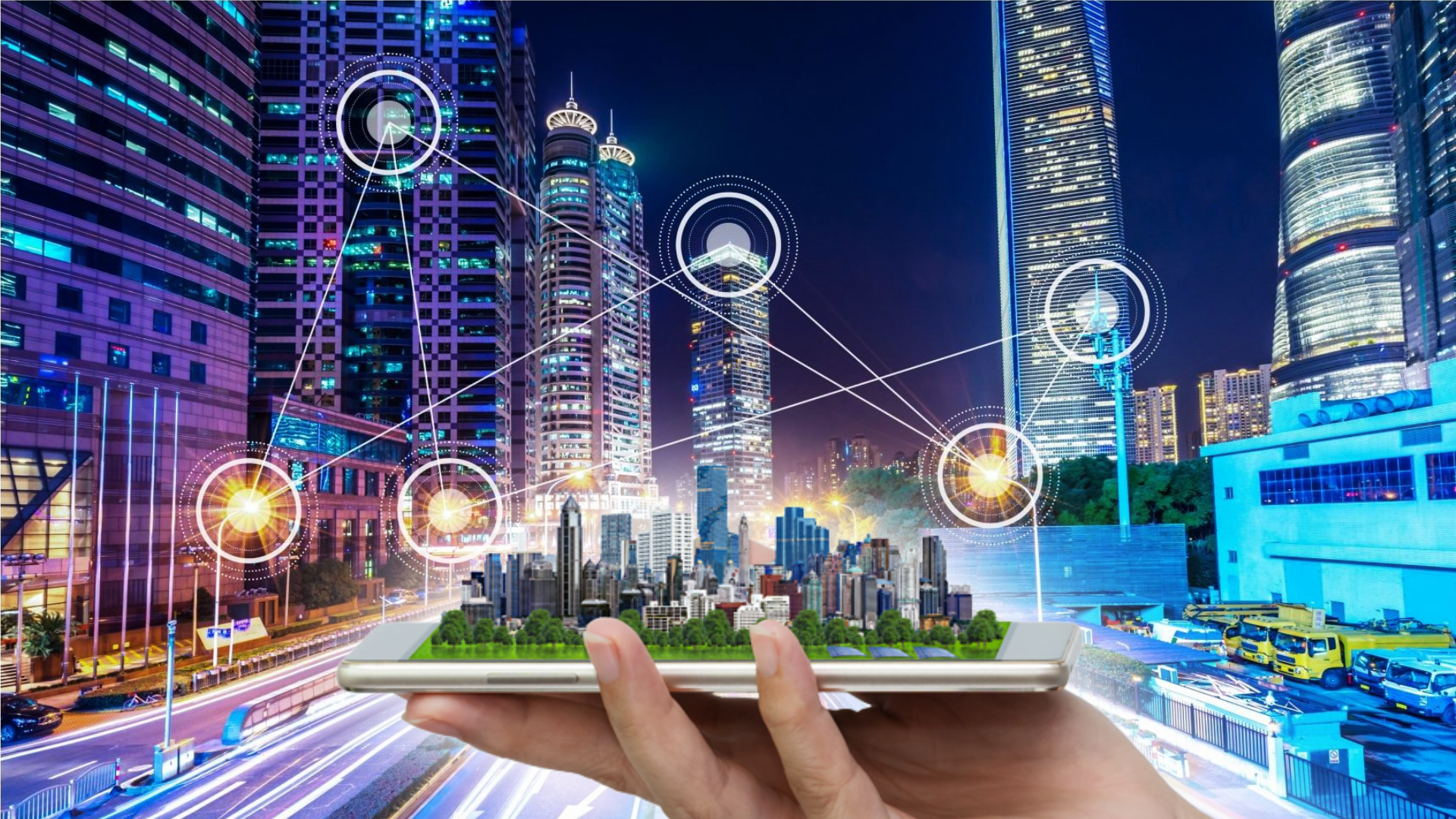
Evolution and Future of Tourism in the Metaverse
Examples of digital tourism technology projects
Below, we show you some specific digital tourism projects that have managed to innovate through the use of interactive technologies such as Virtual Reality, Augmented Reality and other complementary technologies.
Online tours through the virtual environment of the city of Monzón
The Huesca town of Monzón became a pioneer by being one of the first Spanish cities to approach the metaverse and develop its own virtual environment; accessible on the web, persistent, and in which users can customize their own virtual avatars to move and communicate with total freedom.
A project that was born in 2020 during the covid-19 health crisis to reactivate tourism in the city by virtualizing its imposing Templar Castle and allowing users to take guided tours online. Subsequently, in 2022, a major update was presented to also include the possibility of visiting the Cathedral of Monzón and optimize the functionalities of the virtual environment.
Augmented Reality to reconstruct the lost heritage of the Cinco Villas
With Augmented Reality we created this Hyperexperience to recover those monuments, relics and other objects of the heritage of the region that are not preserved in their place of origin. In this way, when visiting the specific place, where in the past they could be seen but now no longer, visitors can use their Smartphone to scan the place and place virtually through Augmented Reality a 3D modeled recreation of the lost heritage.
As an example can be seen that of the old gate of the Church of San Miguel in Uncastillo, which in the early twentieth century was sold to the Museum of Fine Arts in Boston, where it is currently located, and therefore can not be appreciated in its place of origin. In this way, thanks to this Augmented Reality app, users can visualize how the Church was originally built, contemplating it complete by including the original gate in 3D.
Virtual Reality to visualize the species of the Gallocanta Lagoon
Presented at FITUR 2016, this Hyperexperience introduced users to an environment that combined purely virtual elements with real image of the animal species recorded in the Gallocanta Lagoon.
The main objective was to generate a sneak peek of the experience that users could live and the birds they could see if they visited the Gallocanta Lagoon, as a method of promoting the main saline wetland in Western Europe.
Thus, using a Virtual Reality device anyone could fully enter this ornithological paradise which, without a doubt, is one of the great tourist attractions of Aragon. It should be noted that, since 2016, technology has advanced exponentially, but this project is still a great example of how Virtual Reality can be a stimulus to boost tourist visits in person.
You can check how the Hyperexperience was in this video.
Virtual guide through volumetric video and Augmented Reality
Another option that Augmented Reality allows us to realize in the field of digital tourism is the creation of virtual guides that accompany and assist visitors during the tour of monuments or museums, for example, visualizing it through their Smartphone.
The guide can be a character created completely virtually through 3D modeling, but it can also be a real person captured through 3D volumetric video, as you can see in this example.
This technology allows recording a person from all angles, in 360º, thus generating a video that is no longer flat but three-dimensional, capturing the volume of the person who has been recorded.
Mixed Reality at St. Bavo's Cathedral in Ghent
In March 2021, St. Bavo's Cathedral in Ghent implemented its innovative concept of presenting its heritage during guided tours, making use of Mixed Reality via Hololens 2 devices, to allow visitors to discover its cultural secrets through an augmented experience.
After putting on the Hololens 2, visitors will have the opportunity to access a digital assistant, prepared in different languages, who will guide them during the tour of the cathedral. At each of the main points of interest visible in the cathedral, visitors will be able to view a scene, enhanced with a virtual overlay to create a realistic visual effect.
Gamified route using geolocation and Augmented Reality
As you have seen, digital tourism is making its way as a new way to offer augmented tourism experiences, personalized and of higher quality.
For this reason, if you want to take advantage of the benefits of this new wave of technology, introducing technologies such as Virtual Reality or Augmented Reality in your company, but you don't know where to start, we recommend you trust in professionals.
At DeuSens we would love to know your idea and help you make it a reality, accompanying you in all phases of the project; from conception and conceptualization to the final launch. Contact us!
SIMILAR CONTENT
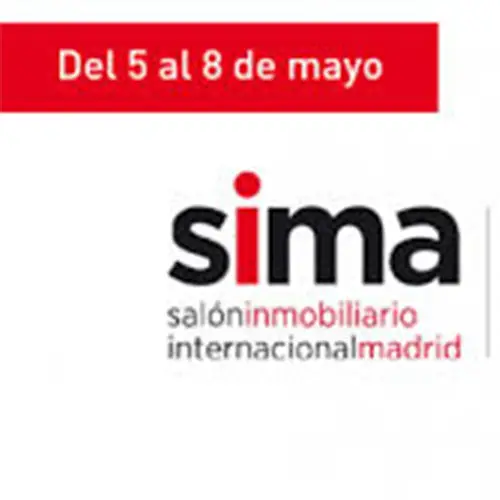

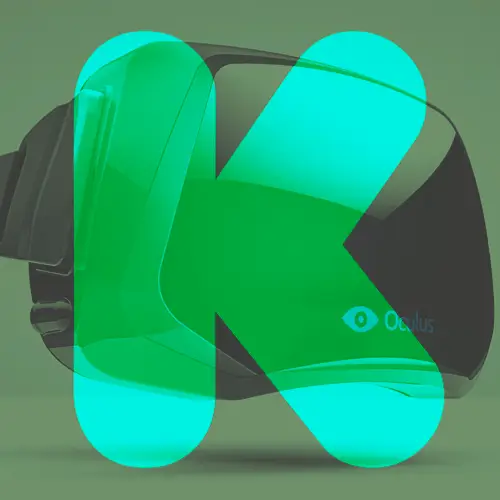









 RETURN
RETURN







